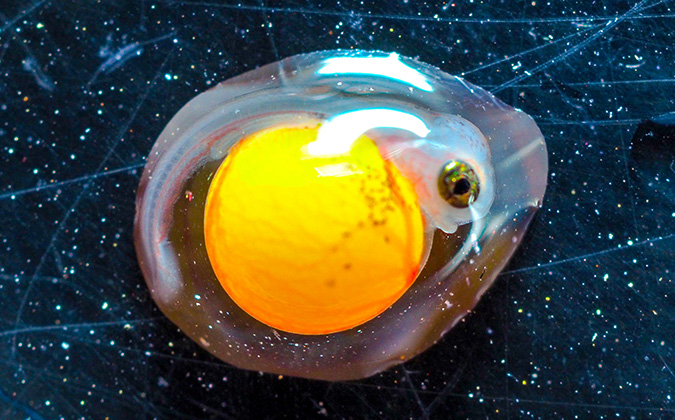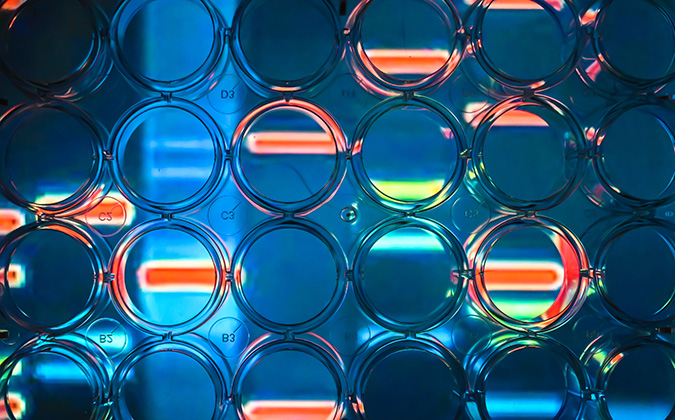
Columnaris disease affects Nile tilapia eggs and larvae, study suggests
Columnaris disease, a potentially devastating condition affecting freshwater finfish, has been found infecting Nile tilapia eggs and larvae for the first time.
The disease is caused by the pathogen Flavobacterium columnare, which was previously split into four genetic groups. A recent study, however, demonstrated that the four groups are in fact distinct species.1
Now, in research carried out in China, scientists isolated F. davisii, formerly genetic group 3 of F. columnare, from a disease outbreak at a commercial hatchery.
“Although Flavobacterium columnare has been isolated from almost all teleost farmed species, few studies focused on its pathogenicity to eggs and larvae. To date, no research has reported a columnaris disease outbreak in tilapia eggs or larvae,” the scientists from Hainan University explained in the journal Aquaculture.
“In our study, a disease outbreak in a tilapia-hatching department was recorded, and six strains were isolated from diseased eggs and larvae. These isolates showed high virulence, and the symptoms of artificially infected eggs and larvae were consistent with naturally infected ones.”
Investigations reveal varying mortality effects
Adhesion is crucial to the pathogenicity of F. columnare, they noted, and microscopy found clusters of F. davisii on eggs and larvae. Despite this, they found that although larvae were susceptible in laboratory tests using the isolates, there was no mortality in the egg stage.
The study also revealed that disinfection treatments, used worldwide in hatcheries to improve hatch rate and fry survival, can increase mortality rates caused by the pathogen. In further experiments, larvae hatched from eggs treated with formalin, potassium permanganate and chloramine-T were more susceptible than untreated eggs, with the scientists suggesting that this may be due to disruption of the normal fish microbiome, leaving them vulnerable.
At the same time, the researchers found that altering the salinity of the water larvae are cultured in can reduce mortality, with 4% to 10% salinity seemingly providing the best protection. This offers a potential protective measure against disease, they suggested.
“The present study results will not only provide a deeper insight into the pathogenicity of F. davisii but also contribute to the diagnosis and prevention of columnaris disease in tilapia seedling production,” the researchers added.
You can read the full journal article in Aquaculture.
1 LaFrentz BR, Králová S, Burbick CR, Alexander TL, Phillips CW, Griffin MJ, Waldbieser GC, García JC, de Alexandre Sebastião F, Soto E. The fish pathogen flavobacterium columnare represents four distinct species: Flavobacterium columnare, flavobacterium covae sp. nov., flavobacterium davisii sp. nov. and flavobacterium oreochromis sp. nov., and emended description of flavobacterium columnare. Syst Appl Microbiol. 2022;45(2):126293.






